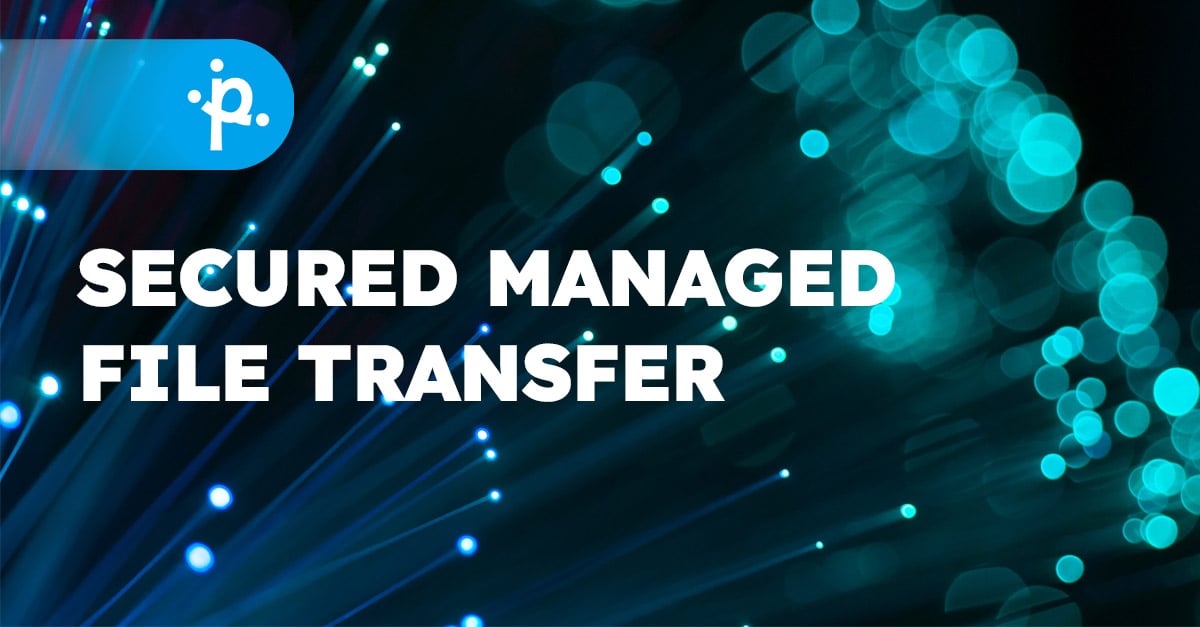
For years, several software vendors have argued that using applications with a subscription model made users free to change vendors and applications at any time, both if the customer was dissatisfied or if the chosen application was no longer "best-of-breed," i.e., the best option available on the market. The higher cost of a subscription license compared to buying a perpetual license was justified precisely by this guarantee of greater flexibility, fewer contractual constraints and consequent speed of replacement. It costs more, but I change when I want to. But is this really the case?
Flexibility and best-of-breed: the great advantage of the subscription model
Subscription models owe their great popularity to a rather simple fact: these models give companies back bargaining power and, above all, flexibility - elements that had been lost with on-premise systems, but that are essential for any business that wants to remain competitive in increasingly dynamic and unpredictable markets.
In a world where companies and applications are evolving faster and faster, the possibility to change becomes functional to business evolutions. A provider that was irrelevant yesterday may suddenly become attractive because it offers a solution that now adheres to your reality and processes much better than the tools currently in use.
If we then think about cloud applications, this scenario is even more frequent. Cloud applications are typically implemented with a limited number of customizations, precisely so as not to lose the benefits of the cloud: it is the company that, by making an effort to adapt, adheres to the Best Practices proposed by the provider. When you identify another provider that better meets the company's needs, it is therefore a great advantage to be able to switch to the new software with relative ease - something that subscription models already grant you, in theory.
The ability to switch is also critical for more mundane cost-saving needs. Over the past year, we have seen an increase in inflation around the world, particularly in Europe. Many software vendors have increased subscription costs, and this has consequently caused many user companies to consider changes in favor of cheaper competitors.
Ultimately, the flexibility provided by subscription models is an undisputed advantage and makes it easier to stay abreast of changes in one's business, equipping oneself each time with the best-of-breed applications. This is true, as long as one key aspect is not overlooked: the integration methodology.
You can reap the benefits of subscription models... With the right integration methodology
Consider, as an example, a company that a couple of years ago decided to use a CRM in subscription mode, with the certainty that it could change CRM if the choice turned out to be no longer appropriate. The integration between the CRM and some of the company's applications (e.g., an invoicing tool, an accounting ERP, a Customer Support tool) was one of the first projects completed to operationalize the CRM and take advantage of its organizational and business benefits.
Fast forward to today. Due to evolutionary or cost-saving needs, this company has decided to change CRM vendor, terminating the existing contract and activating a new one. It is at this point that the dream is shattered: the promise of being able to change CRM turns into disappointment and frustration, because it turns out that it is not so straightforward. On the contrary, it is a cost- and time-consuming project, especially if the CRM has been integrated with many legacy applications.
What are the reasons for this difficulty in the replacement?
The root of the problem relate to the methodology used in integration of CRM with other systems. By following a direct integration between applications (point-to-point), otherwise known as Application Integration, the data exchange was wired exactly according to the expectations and logic of the two applications, without decoupling them from each other.
When replacing an application, this involves the complete redoing of all data exchanges to and from that application, including new logic on the new application's data. A mammoth project, so challenging that the company either desists or opts for an alternative solution: to put the new best-of-breed CRM alongside the existing one by layering and overlaying similar applications only to simplify the integration pattern around the new application (CRM over CRM). Not a best-of-breed solution, also considering the higher costs over the medium to long term.
However, you can integrate applications more efficiently by following the Data Integration methodology. It involves the introduction of an intermediary and the complete decoupling among applications. This methodology allows each application to publish data according to its own timing and representation rules (business entities and attributes), share it with other applications which use the data according to their own rules, business entities and attributes, without binding themselves to the data representation expressed in the source.
Returning to our example, the replacement of the integrated CRM according to this mode concerns only itself, the data acquisition flow exposed by the other applications, and the respect of the data interface to be exposed to the other applications. The design impact is much more limited, both in time and risk.
In conclusion, the choice of integration methodology is a strategic choice: the real possibility of exploiting the flexibility promised by subscription models depends on it. Only by integrating applications with the right strategy it is really possible to "change when you want to” by adopting the best-of-breed technologies that best adhere to your reality and thus support your business evolution.







